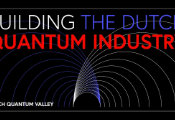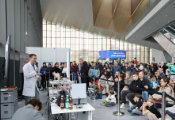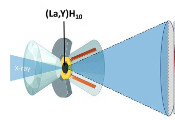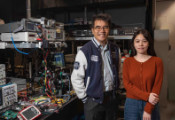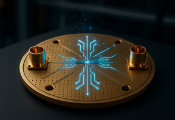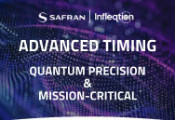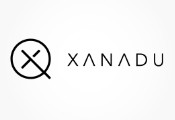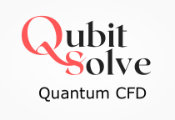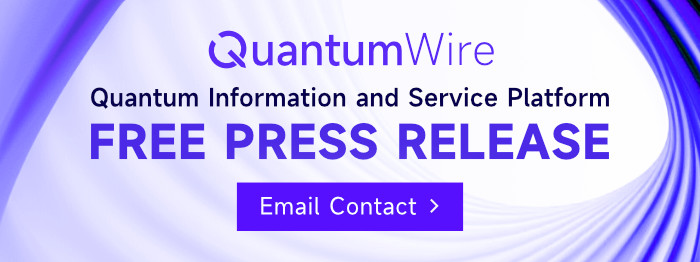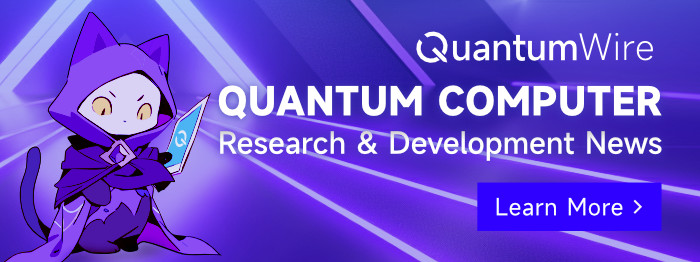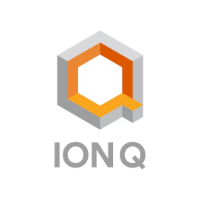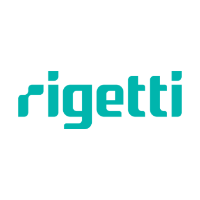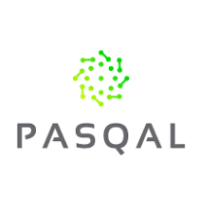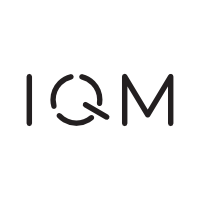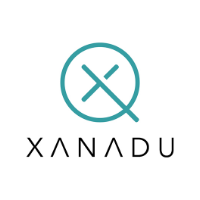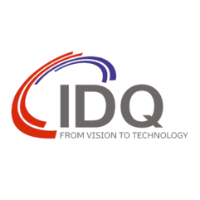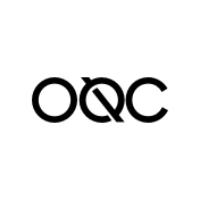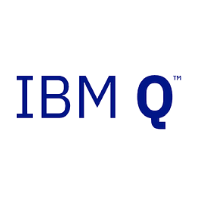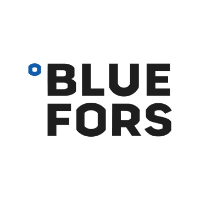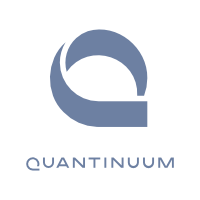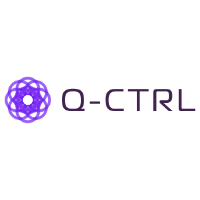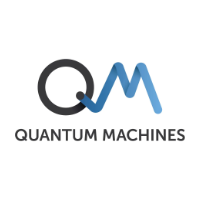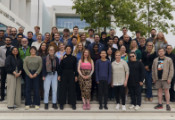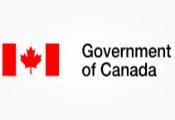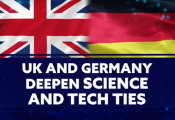Toshiba Breakthrough Brings Quantum Communications to Existing National-Scale Telecommunications Infrastructure
Cambridge, UK, April 24, 2025 -- Toshiba Europe Ltd. today announced the success of a world-first trial of its new coherent quantum communication technology, redefining the limits of secure communication while seamlessly integrated into standard telecom infrastructure. By using simple semiconductor technology instead of complex cryogenic components, this breakthrough unlocks new possibilities for sharing quantum-safe information across both national and international distances and paving the way for new quantum-enhanced applications.
Advancements in quantum physics are promising unparalleled performance across a range of technologies, including computing power, secure communications and precision sensing. However, practical applications of quantum have remained challenging. Coherent quantum communications (quantum information encoded in the phase of light) can be scrambled by just a few metres of propagation along optical fibres, usually requiring a laboratory-grade cryogenically cooled detection system to provide stability. The cost and complexity of this cryogenic cooling technology means that organisations haven’t been able to benefit from the rapid advancements in quantum physics in real-world applications.
Now, with this world-first trial by Toshiba, published in leading journal Nature, coherent quantum communications can be deployed on standard telecommunications infrastructure. The key breakthrough is a new system architecture that replaces unwieldy, complex cryogenic components with simple semiconductor-based devices. For the first time in a real-life deployment, quantum information encoded in the phase of a quantum light signal was shown to be perfectly stable, despite propagating over 250 km of deployed telecom fibre, using only off-the-shelf components and operating in a typical colocation data centre at room temperature.
Mirko Pittaluga, Lead Author of the study said, “Through this trial, we completely re-engineered the way that quantum information is measured and stabilised, with a unique optical configuration that completely eliminates the need for cryogenic lab-grade equipment”. Robert Woodward, Team Leader at Toshiba Europe added “The key breakthrough was using semiconductor avalanche photodiodes. This hugely simplifies deployment and enables it to go from the lab to national and international networks.”
Toshiba used this trial to demonstrate provably-secure communication over national-scale distances through its twin field quantum key distribution (QKD) protocol. QKD allows users to securely exchange confidential information (such as bank statements and health records) over an untrusted communication channel. Unlike other existing security solutions, the security of QKD derives directly from the laws of physics, meaning that it is secure against any future advancements in mathematics and computing (including the advent of quantum computers).
Toshiba invented the twin-field QKD protocol in 2018, a new technique that helps to extend the viable range of QKD, which is limited by fibre loss. Until now, however, twin-field QKD, as a form of coherent quantum communications, had remained limited to lab-based tests. This world-first breakthrough means that twin-field QKD, along with other forms of coherent quantum communications, can start moving to real-life deployments across national and international networks, paving the way for widespread adoption of QKD for protecting operation-critical communications for businesses and governments.
Toshiba has led the way in quantum-safe technologies such as QKD since 1999, achieving a series of research world-firsts alongside commercialising the technology, such as through the opening of a quantum-safe communication network in London in partnership with BT, working with customers including leading banks like HSBC to deploy QKD, and partnering with companies like AWS and Equinix to further develop networking applications for QKD.
Andrew Shields, Vice President and Head of Quantum Technology at Toshiba Europe, said, “We are proud of the world-firsts we’ve achieved in QKD development and commercialisation at Toshiba. This trial represents another significant milestone in scaling QKD even further towards our end-goal of building a quantum internet that connects major cities and countries together, with quantum-safe protection at its core.”
The work was partially funded by the EU through the H2020 project, OpenQKD, in addition to receiving funding from the Ministry of Internal Affairs and Communications, Japan, via the project of ICT priority technology (JPMI00316) “Research and Development for Construction of a Global Quantum Cryptography Network.”

